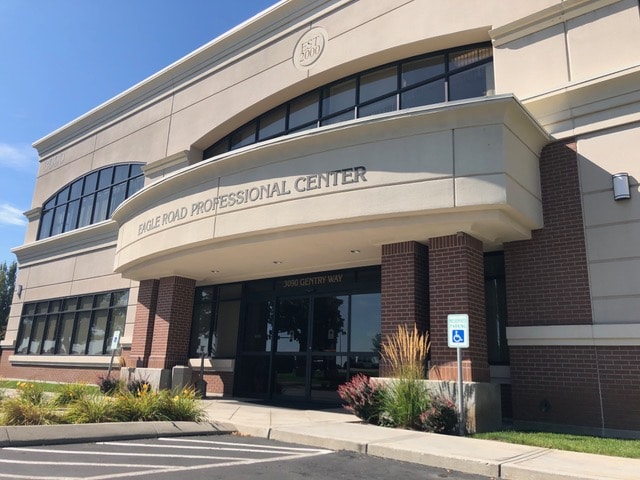Breast Lumpectomy Reconstruction
Oncoplastic Reconstruction
Not all patients decide to undergo a mastectomy. For many patients a lumpectomy may be an option for treatment of your breast cancer. This is a discussion that usually takes between patients and their breast cancer surgeon (general surgeon). In certain patients an oncoplastic reconstruction may be an option. Ideal candidates are patients who are healthy enough to tolerate additional surgery, may have an anticipated mismatch between breasts after lumpectomy, breasts that are excessively large and who might otherwise be candidates for breast reduction or breast lift and patients who have cancers that are going to be adequately treated with a lumpectomy.
In this group of patients, procedures such as breast reduction or breast lift can be performed during the lumpectomy procedure to help provide an idealized shape and size to the breast after surgery. This technique requires planning and coordination with your general surgeon and Dr. Jarrell will need to work closely with your breast surgeon to make sure that this procedure can be reasonably carried out.
To learn more about these types of procedures visit the topics on this website related to breast reduction and breast lift (mastopexy).
This option requires that you are a good candidate for the above procedures. You will need to allow time to heal from these procedures both on the side of the lumpectomy and the opposite breast. If radiation is required as part of your cancer treatment, this will need to be considered as your surgeons are planning this treatment option.
Symmetry following lumpectomy
Some patients may have undergone a lumpectomy in the past and may have asymmetry between breasts that have resulted from a lumpectomy to treat breast cancer. In these circumstances different techniques can be used to restore breast shape and symmetry between breasts. These techniques usually involve breast reduction or breast lift techniques and help to restore a more symmetric breast shape. This requires assessment of the breast shape and consideration of your breast cancer history (prior radiation, length of time from cancer treatment, etc.). Dr. Jarrell will review your history and discuss with you your options to create a personalized treatment plan that is the best fit for you.
Fat grafting to the breast
In some patients a lumpectomy may create distortion to the breast shape that may benefit from correction. In these cases, fat grafting to the breast may be a good option for you. During this procedure (also known as fat transfer), fat is harvested usually from the abdomen, flanks or thighs through a process called liposuction. This fat is then collected, processed and placed into syringes. It is then serially injected back into the area where the contour deformity or volume loss is noted on the breast to help restore a more natural shape to the breast. This procedure may also help to offset the effects of radiation to different tissues.
The risks related to fat grafting to the breast include those related to liposuction, as well as the following:
- Calcification
- Fat embolism
- Fat necrosis
- Oil cysts
- Loss of volume
Because the fat is placed as a “graft” it is important to keep in mind that not all of the graft will “take”. Some of the fat may be reabsorbed by the body. Sometimes this may result in incomplete correction or possibly a need for multiple sessions of fat grafting. To determine if these procedures may be right for you, schedule your consultation with Dr. Jarrell to discuss your options.


